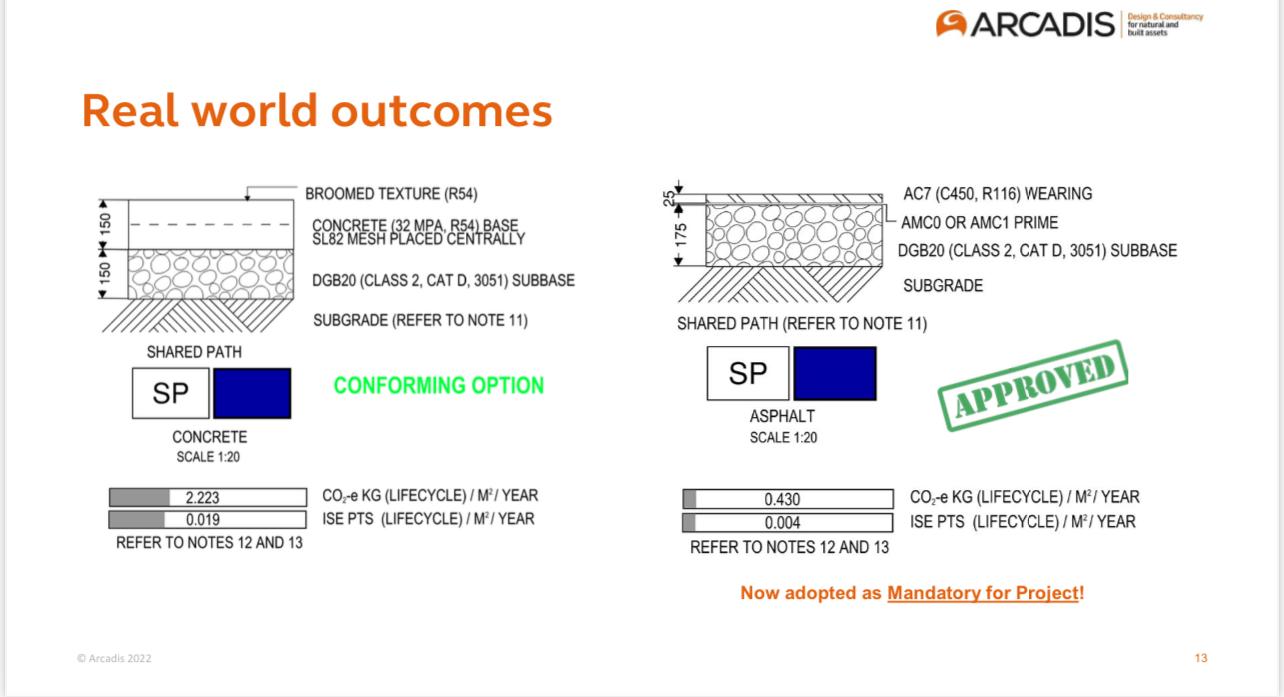- From: Greg Wilkins <gregw@webtide.com>
- Date: Wed, 12 Apr 2023 09:05:26 +0200
- To: Mark Nottingham <mnot@mnot.net>
- Cc: Tim Bray <tbray@textuality.com>, Roy Fielding <fielding@gbiv.com>, Lucas Pardue <lucaspardue.24.7@gmail.com>, Glenn Strauss <gs-lists-ietf-http-wg@gluelogic.com>, Michael Sweet <msweet@msweet.org>, Bertrand Martin <bertrand@sentrysoftware.com>, HTTP Working Group <ietf-http-wg@w3.org>
- Message-ID: <CAAPGdfG1AbjK-CyEZzu9G7Z6igtYAk2vtKCaxKD3sLZhN8nm2A@mail.gmail.com>
This is the response i got from a sustainability consultant friend (Ken Lunty), with some links to further reading: Hi Greg, an interesting idea and increasingly more relevant as organizations commit to disclosing their scope 3 emissions (which are scope 1 &2 emissions in their supply chain) also likely to become more and more significant with the take up of AI. In terms of energy mix, I'm not sure the best way but typically country emissions factors are publicly available. In Australia, this would be in the National greenhouse accounts methods and factors workbook, which gets updated every year to account for increased renewables in our grid Electricity emissions are broken down to the state level. don't know much about the IT sector but boundary of the service would be the more challenging piece and this would tie into a consistent methodology for everyone. Some resources would be the GHG protocol website but probably more specifically, I would havea look at the Environdec website. https://www.environdec. com/home This provide environmental declarations for many products and services.... we have applied this on building materials for the construction sector but it can be applied to any product...you will even see tomatos and pasta on there. It would be interesting to see if it can be applied to a service such as web hosting. The way it works is that you get the product category rules (PCR) approved which defines the methodology for all products within the category for consistency. This is underpinned by the standard for life cycle assessment. Most importantly it defines the scope and boundary of the assessment and also the functional unit. For example, for concrete this would be per m3 or ton.... Things can get more complicated in terms of functional units, for a website would it be per minute browsed? Or per MB transferred? That's probably more your area... As an example, we are using this framework for roads at the moment and the functional unit is m2/year of design life to account for maintenance. Forwarded It gets really interesting when people can compare products and visualize the arbon reduction through choice. Hence as important as the calculation precision. Attached is an example of what we have done for a shared user path as part of a major road project The pavement on the left is the client reference design, the one on the right is our alternative with 70% lower carbon as it has been designed for purpose rather than tradition. So the visualization engages the engineers to innovate...which is the best part! Sorry for all the messages, just had a bit of time on the train..I actually just did a podcast with roads Australia about the above and believe it can be applied to anything..just requires sustainability professionals to get out of their ivory tower and work with the people who can make the change... https://www.linkedin.com/posts/ken-lunty-putting-decarbonisation-at-the-centre-of-activity-7051 4385880051 54816-hZOe ?utm_source=share&utm_medium= member_ios Looking forward to some great discussion on this! On Wed, 12 Apr 2023, 04:32 Mark Nottingham, <mnot@mnot.net> wrote: > <chair hat on>. > > A reasonable next step, then, is for folks to identify those with such > expertise and start a conversation. To make that easier for those who > aren't subscribed to the list, I've created a tracking issue: > https://github.com/httpwg/admin/issues/52 > > > -- > Mark Nottingham https://www.mnot.net/ > >
Attachments
- image/jpeg attachment: IMG-20230411-WA0001.jpg

Received on Wednesday, 12 April 2023 07:05:45 UTC